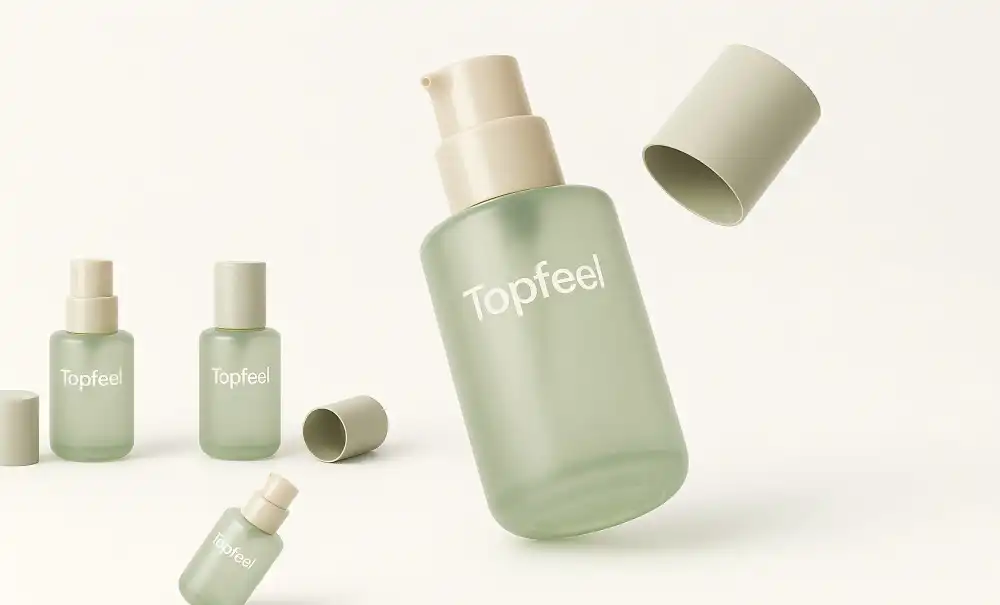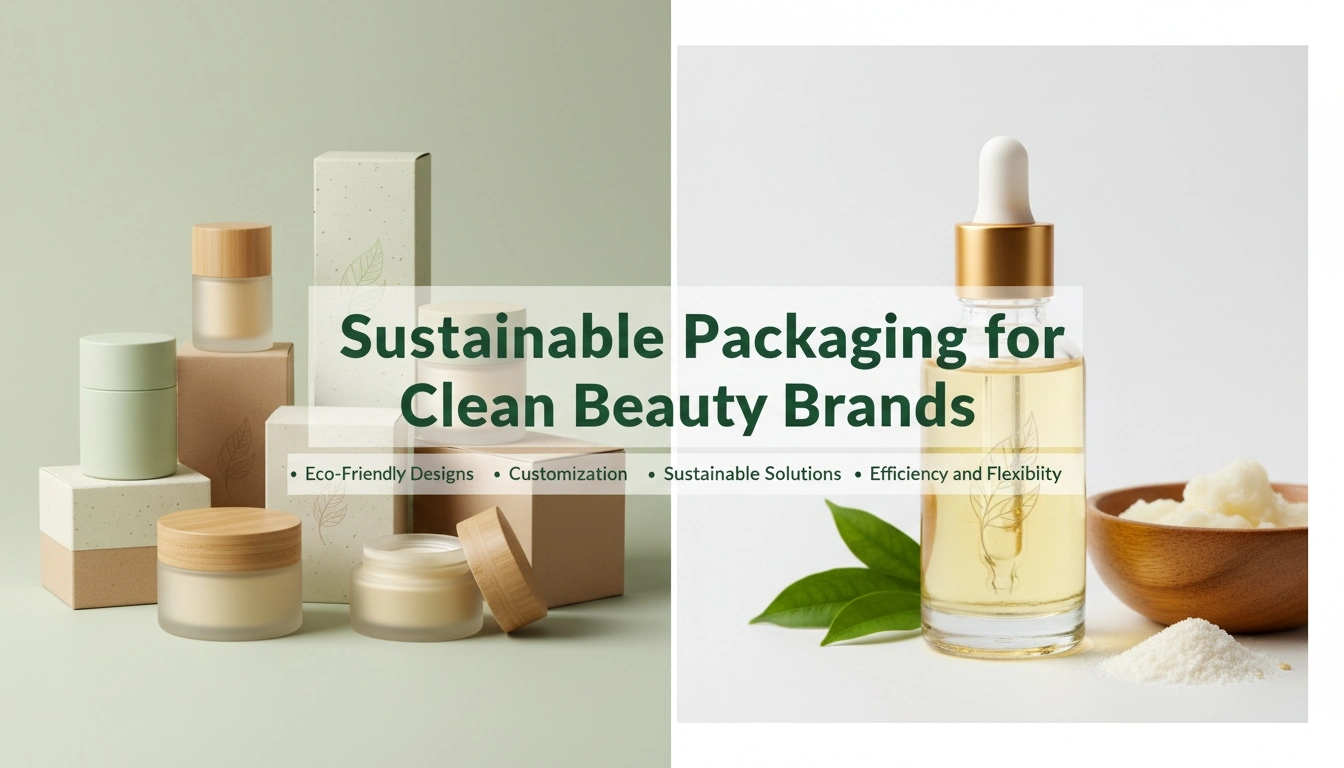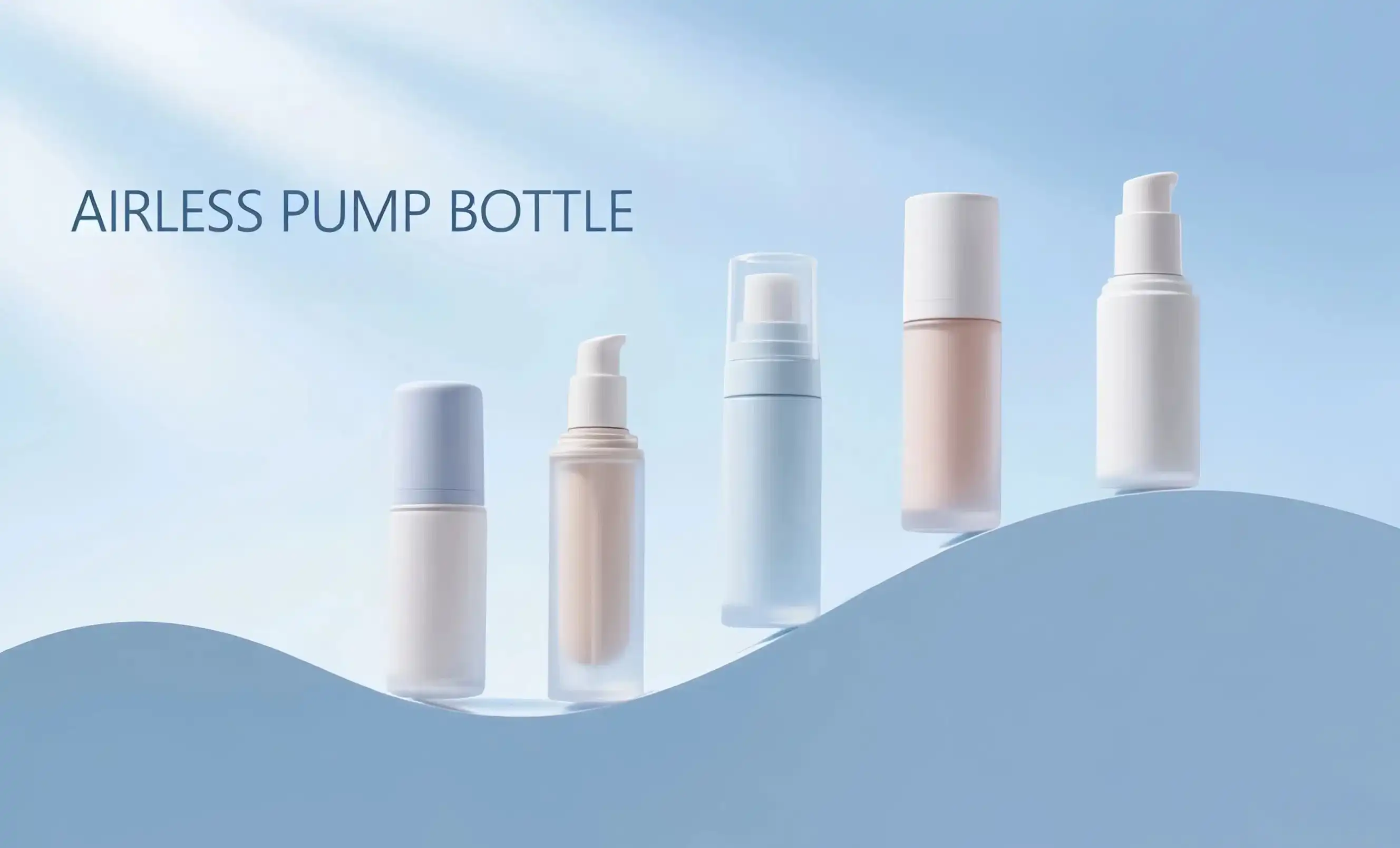Spray Bottle Mechanism: How Do They Create Mist?
The magic of a spray bottle lies in its ability to convert liquid into a fine mist or stream. This transformation occurs through a process called atomization. When you squeeze the trigger, several actions happen in quick succession:
Pressure Build-Up
As you press the trigger, it activates a piston or pump mechanism inside the bottle. This creates pressure within the container, forcing the liquid up through a dip tube.
Liquid Flow
The pressurized liquid travels up the dip tube and into the spray head assembly. Here, it encounters a small, precisely engineered nozzle.
Atomization
As the liquid is forced through the tiny opening of the nozzle, it breaks apart into minuscule droplets. The size of these droplets depends on factors like nozzle design, liquid viscosity, and the amount of pressure applied.
Spray Pattern Formation
Some spray bottles have adjustable nozzles that allow you to change the spray pattern from a fine mist to a more concentrated stream. This is achieved by altering the shape and size of the nozzle opening.
The efficiency of this process depends on various factors, including the design of the spray mechanism, the properties of the liquid being sprayed, and the force applied to the trigger. High-quality spray bottles, like those offered by leading manufacturers, ensure consistent and efficient atomization for a wide range of applications.

What's Inside a Spray Bottle? Components Explained
To truly understand how a spray bottle works, it's essential to know its key components. Each part plays a crucial role in the spraying process:
Bottle
The main container that holds the liquid. It can be made from various materials, including plastic, glass, or metal, depending on the intended use and the nature of the liquid inside.
Dip Tube
A long, thin tube that extends from the spray mechanism to the bottom of the bottle. It's responsible for drawing up the liquid when the trigger is pressed.
Trigger
The part you squeeze to activate the spray mechanism. It's connected to the piston or pump inside the spray head.
Piston or Pump
Located inside the spray head, this component creates the pressure necessary to force the liquid through the nozzle when the trigger is squeezed.
Nozzle
The small opening at the end of the spray head where the liquid exits. Its design significantly influences the spray pattern and droplet size.
Spray Head Assembly
This houses the piston or pump, connecting channels, and the nozzle. It's the heart of the spray bottle's functionality.
Check Valve
A small, one-way valve that prevents liquid from flowing back into the bottle after spraying, maintaining pressure in the system.
Understanding these components helps users appreciate the engineering behind spray bottles and can aid in troubleshooting when issues arise. For instance, a clogged nozzle or a damaged dip tube can significantly affect the spray bottle's performance.
Why Do Some Spray Bottles Stop Working?
Despite their simple design, spray bottles can sometimes malfunction. Understanding common issues can help users maintain their spray bottles effectively:
Clogged Nozzle
One of the most frequent problems is a clogged nozzle. This can happen when residue from the liquid being sprayed builds up and dries in the nozzle opening. Regular cleaning can prevent this issue.
Air Lock
Sometimes, air can get trapped in the dip tube, preventing liquid from being drawn up. This often happens when the bottle is nearly empty or has been shaken vigorously. Priming the pump by repeatedly squeezing the trigger can often resolve this.
Damaged or Misaligned Components
Physical damage to any part of the spray mechanism, particularly the dip tube or check valve, can cause malfunction. Ensure all components are properly aligned and undamaged.
Worn-Out Springs or Seals
Over time, the springs in the trigger mechanism or the seals in the spray head can wear out, leading to loss of pressure or leaks. In such cases, replacing the entire spray head may be necessary.
Incompatible Liquids
Using liquids that are too thick or contain particles that can clog the mechanism can cause problems. Always ensure the spray bottle is suitable for the liquid you're using.
Maintenance Tips
To keep your spray bottles functioning optimally:
- Clean the nozzle regularly with warm water
- Store bottles upright to prevent air locks
- Avoid overfilling, which can lead to pressure issues
- Use the appropriate spray bottle for your specific needs
By understanding these common issues and following proper maintenance practices, users can extend the life and efficiency of their spray bottles, ensuring consistent performance across various applications.
In conclusion, the humble spray bottle is a marvel of simple engineering, transforming everyday tasks with its ability to dispense liquids in a controlled, efficient manner. From household cleaning to industrial applications and beauty products, spray bottles play an integral role in our daily lives. Their functionality, when properly maintained, offers convenience and precision that many of us take for granted.
For businesses in the skincare, cosmetics, and beauty industry looking to elevate their packaging solutions, Topfeelpack offers advanced airless bottles designed to prevent air exposure, maintaining product effectiveness and ensuring longer shelf life. Our commitment to sustainability, fast customization, competitive pricing, and quick delivery makes us an ideal partner for brands seeking high-quality, innovative packaging solutions. Whether you're a high-end skincare brand, a trendy makeup line, or a professional cosmetics manufacturer, our team can provide custom solutions tailored to your specific needs. To learn more about our cosmetic airless bottles and how they can enhance your product line, please contact us at pack@topfeelgroup.com. Let's work together to create packaging that not only protects your products but also aligns perfectly with your brand image and market trends.
References
- Johnson, A. (2022). The Science of Spray: Understanding Atomization in Everyday Products. Journal of Consumer Technology, 15(3), 78-92.
- Smith, B. & Davis, C. (2021). Ergonomic Design Principles in Spray Bottle Manufacturing. Industrial Design Quarterly, 42(1), 112-125.
- Lee, S. et al. (2023). Advancements in Spray Bottle Technology for Cosmetic Applications. International Journal of Cosmetic Science, 45(2), 201-215.
- Brown, R. (2020). Troubleshooting Common Spray Bottle Issues: A Comprehensive Guide. Household Products Review, 8(4), 45-58.
- Garcia, M. & Patel, K. (2022). Sustainable Materials in Spray Bottle Production: Current Trends and Future Prospects. Journal of Sustainable Packaging, 17(3), 301-315.
- Wilson, T. (2021). The Evolution of Spray Bottle Design: From Basic Function to User Experience. Design Innovation Review, 29(2), 178-190.

 - 副本_1745399213966.webp)

_1747827716538.webp)

